Got a hankering for brownies but fresh out of cocoa powder? Before you head to the store, look through your pantry for chocolates that you may be able to swap for cocoa powder in a pinch.
Your best bets are dark chocolate or baking chocolate, though it's important to remember a few things when substituting. First, you'll need to manage your ratios properly to compensate for the higher concentration of cocoa solids in cocoa powder.
You'll also need to balance out the higher level of fat & usually sugar in chocolates, when substituting any type of chocolate for cocoa powder. To understand why, let’s briefly look at how cocoa powder and chocolate are made.
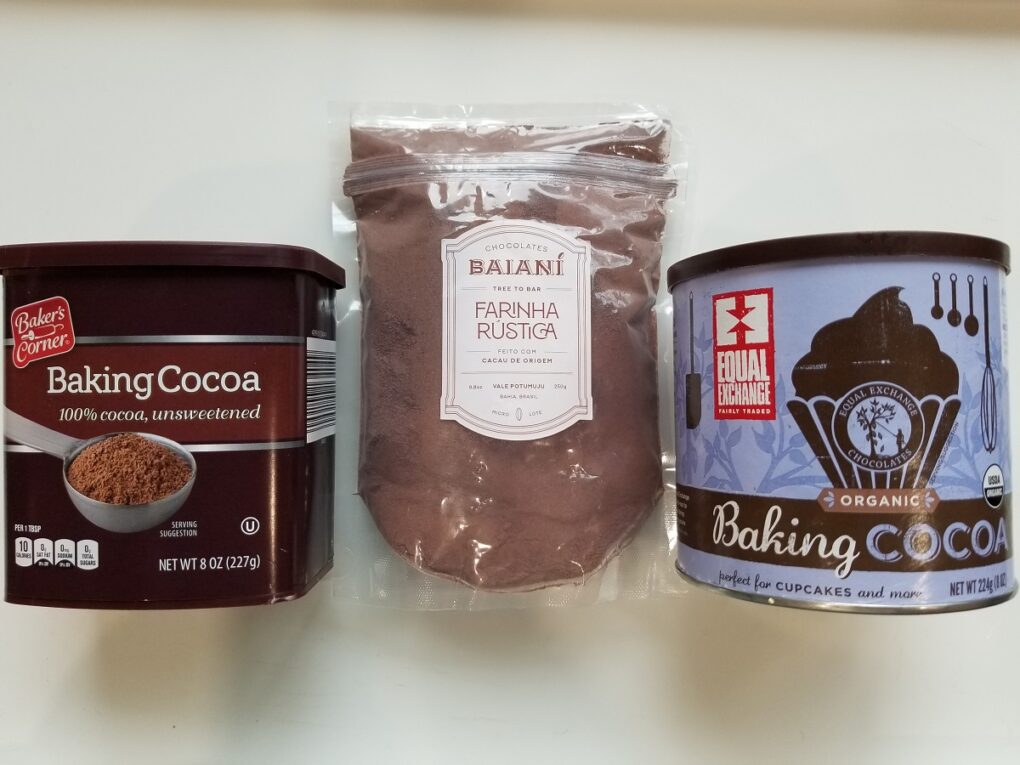
Jump to:
Cocoa Powder vs. Chocolate (Production)
All chocolate products come from the seeds of the Theobroma cacao tree, which is native to South America. These fermented seeds are dried, roasted, and cracked before any chocolate can be made. Once broken open, the pieces of the so-called 'bean' fall apart into small pieces known as cacao nibs.
These nibs are then ground into chocolate liquor, which despite the name, is actually alcohol-free; it's pure 100% cocoa. Pressing this mass yields cocoa butter and a flaky dark brown paste, the latter of which is ground to make unsweetened cocoa powder.
Dutch-processed cocoa powder is another common type of cocoa powder made from cacao that's been washed in an alkaline potassium carbonate solution. This wash balances their natural acidity, making dutch-processed cocoa powder taste more neutral relative to the slight acidity of natural cocoa powder.
It also doesn't produce carbon dioxide when it reacts with alkaline leaveners such as baking soda. As a result, dutch process cocoa recipes are typically leavened with baking powder, which has a neutral pH.
Chocolate, on the other hand is a blend of chocolate liquor, cocoa butter, sugar, and milk to add flavor. Chocolate manufacturers have varying recipes, so some milk chocolates will be mildly bitter, while some dark chocolates are very sweet.
A process known as 'conching' aerates & refines chocolate to allow the inherent flavors to combine, changing the texture during controlled temperature shifts. Lastly, chocolate is tempered to result in that distinctive silky sheen and crisp "snap" when a bar is broken.
Now that the science is out of the way, let's get to how to substitute chocolate for cocoa powder.

3 Ways to Substitute Chocolate for Cocoa Powder
When looking to substitute cocoa powder, there are many chocolate products to choose from and each one has its own pros and cons, depending on the application. Chocolate flavor varies by brand and type, just like cocoa powder - chips, dark chocolate bars, and baking chocolate are just a few of them.
While all natural cocoas share certain characteristics (some level of bitterness and astringency), each one's inherent flavors will vary depending on the origin(s) of the cacao and how it's processed. Avoid overly sweet chocolates (with lower cacao percentage) and low-quality chocolate chips, which are usually filled with added sugar and vegetable fats.
For the swaps below, we’ve opted for the least-sweet of the chocolate varieties, to bring the taste of your creations closer to cocoa powder's richness.
As an example, high-fat, low-moisture desserts like cookies call for cocoa powder instead of melted chocolate. This is because cocoa delivers a more pronounced chocolate bite without messing up the cookie's fat content, so balancing out such a recipe will require a bit of science.
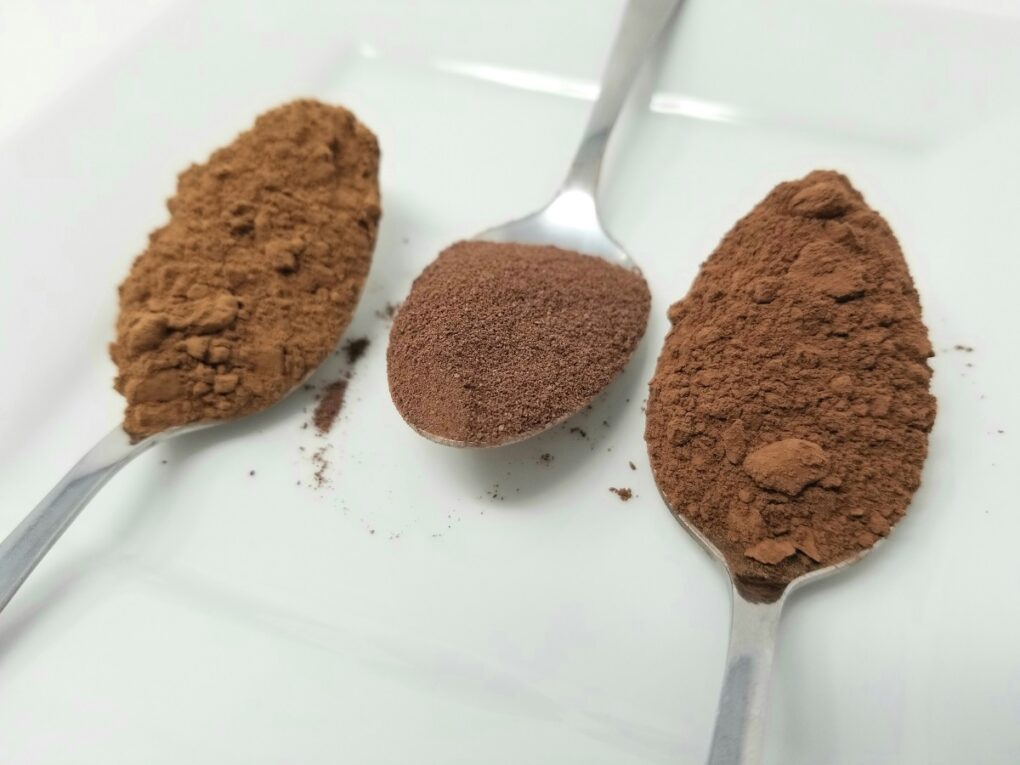
Unsweetened Baking Chocolate
Your best bet when using chocolate in place of cocoa powder is unsweetened baking chocolate, since all other chocolate options will contain sugar. Baking chocolate is supposed to be made up of 0% sugar and 100% cocoa, though always double check the label on your particular bar.
It naturally contains both cocoa solids and fat (approximately 55% cocoa butter). Since cocoa powder has a stronger cocoa flavor than unsweetened chocolate, you'll tend to need less cocoa powder to achieve the same chocolatey flavor in a recipe.
Substituting unsweetened baking chocolate for cocoa powder changes the mass & fat content of your final product. Using the metaphorical chocolate cookie recipe as an example, if you substitute unsweetened chocolate for cocoa powder in cookies, you'll notice that it's blander in comparison.
This is because there aren't enough cocoa solids in an equal amount of baking chocolate to flavor the cookies, and without the bitter edge of cocoa, the cookies become sweeter.

Fat is half the weight of unsweetened chocolate, and too much fat in a cookie can prevent the gluten in the flour and the proteins in the eggs from holding the cookie together.
As a result, your recipe may require more tweaking. The ideal way to sub baking chocolate for cocoa powder is to weigh out your ingredients and use roughly 1.8 times as much unsweetened chocolate as grams of cocoa powder called for in your recipe.
If you don't have a food scale, in general, two tablespoons of melted unsweetened baking chocolate can replace three tablespoons of cocoa powder. Additionally, because unsweetened chocolate already contains fat, you'll want to leave out some of the fat in your recipe.
This means that if you only need 3 tablespoons of cocoa powder, when swapping it for chocolate you should use 2 tablespoons baking chocolate & take out 1 tablespoon of butter, lard, oil, or margarine called for in the recipe.
For every extra gram of chocolate you added above the called-for cocoa powder, subtract a gram of your chosen fat.
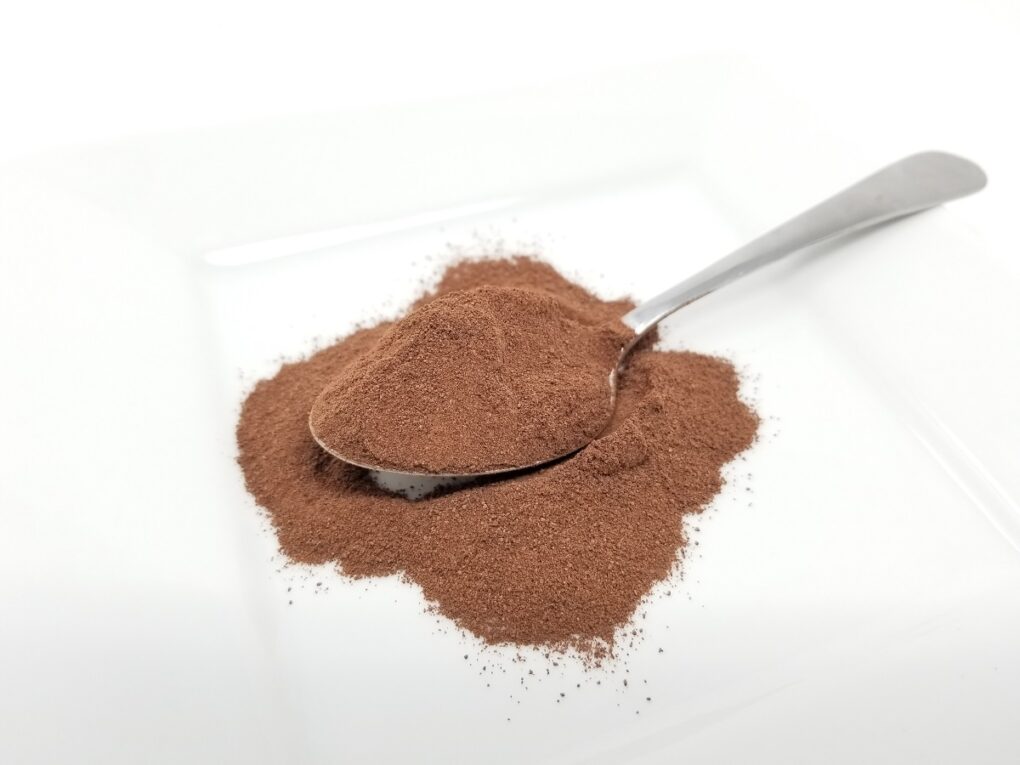
Dark Chocolate Bar (or Dark Chocolate Chips)
Another type of chocolate to swap for cocoa powder is dark chocolate, ideally with a high cocoa percentage. You can't swap it in a direct 1:1 ratio, and neither can you incorporate melted chocolate, a wet ingredient that hardens, into a recipe the same way you would cocoa powder, a dry ingredient.
Dark chocolate, just like cocoa powder, comes from chocolate liquor, albeit mixed with sugar. Even if your dark chocolate is only mildly sweet, some extra sugar will still be added to your recipe. So you may need to lessen the quantity of sugar you use to compensate for the added sweetness from the chocolate.
Cocoa powder has a strong chocolate flavor, similar to dark chocolate. So to use dark chocolate as an alternative to cocoa powder in a recipe, measure out an ounce (2 tablespoons) of dark chocolate, then melt it and incorporate it into the wet ingredients in your recipe.
This is a swap for three tablespoons of cocoa powder; multiply the ratios for your own recipe.
Dark chocolate also has a lot of fat (cocoa butter) which will require you to adjust the fat added to your recipe. A higher fat ratio will disrupt the formation of gluten bonds in baked goods, resulting in a more tender cookie or brownie; or on the flip side, they won’t hold together at all.
For every 2 tablespoons of chocolate, reduce a tablespoon of the fat called-for in the recipe to compensate.
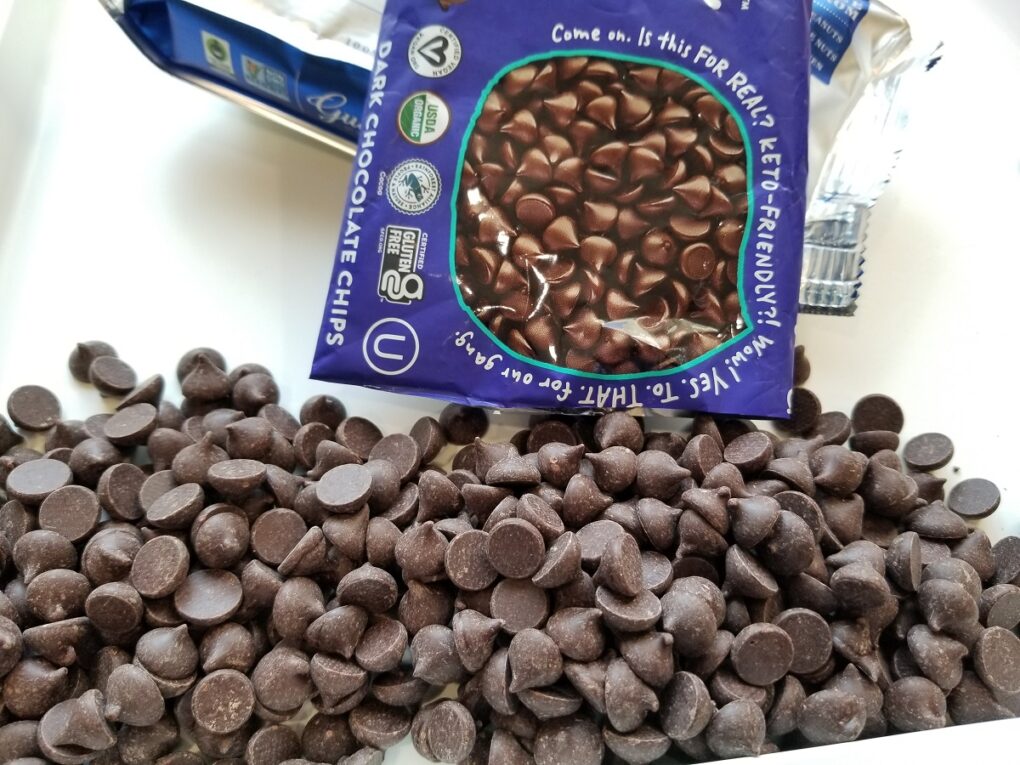
Semisweet or Bittersweet Chocolate
When all you have is semi-sweet or bittersweet chocolate, you can use it as a replacement for cocoa powder with a few extra tweaks. Bittersweet chocolate, as the name implies, is a type of chocolate that is slightly bitter and less sweet than other types of chocolate, such as milk chocolate.
It also has more cocoa and less sugar than the average chocolate, giving it a more intense flavor, similar to cocoa powder. Because of its richness and versatility, it's a popular chocolate for baking and confectionary; most bittersweet chocolates are around 70% cacao.
Semisweet chocolates are more like 55-60%, and will require you to lower the sugar content of your recipe even further. Cocoa powder is also darker than bittersweet or semisweet chocolates, and has a more granular texture.
Depending on what you're baking and the flavor you're looking to achieve, you can substitute bittersweet chocolate for cocoa powder in the same ratio as listed above. If the sweetness & fat content of your recipe is flexible, you may even be able to swap it directly.
But for most uses you'll need to use two-and-a-half tablespoons of bittersweet chocolate for three tablespoons of cocoa powder, and lower the fat by a tablespoon & the sugar by ½ tablespoon. Multiply this formula as needed.
Frequently Asked Questions
Yes, chocolate can be used as a substitute for cocoa powder, but you'll need to adjustment for the added fat and sugar in the chocolate.
Yes, you can substitute melted chocolate for cocoa powder in brownies, cakes, and cookies, but you'll need to adjustment for the added fat and sugar in the chocolate chips.
The conversion rate for baking chocolate to cocoa powder is usually 1 ounce of unsweetened baking chocolate equals 3 tablespoons of cocoa powder, but this can vary depending on the brand and type of chocolate.
📖 Recipe
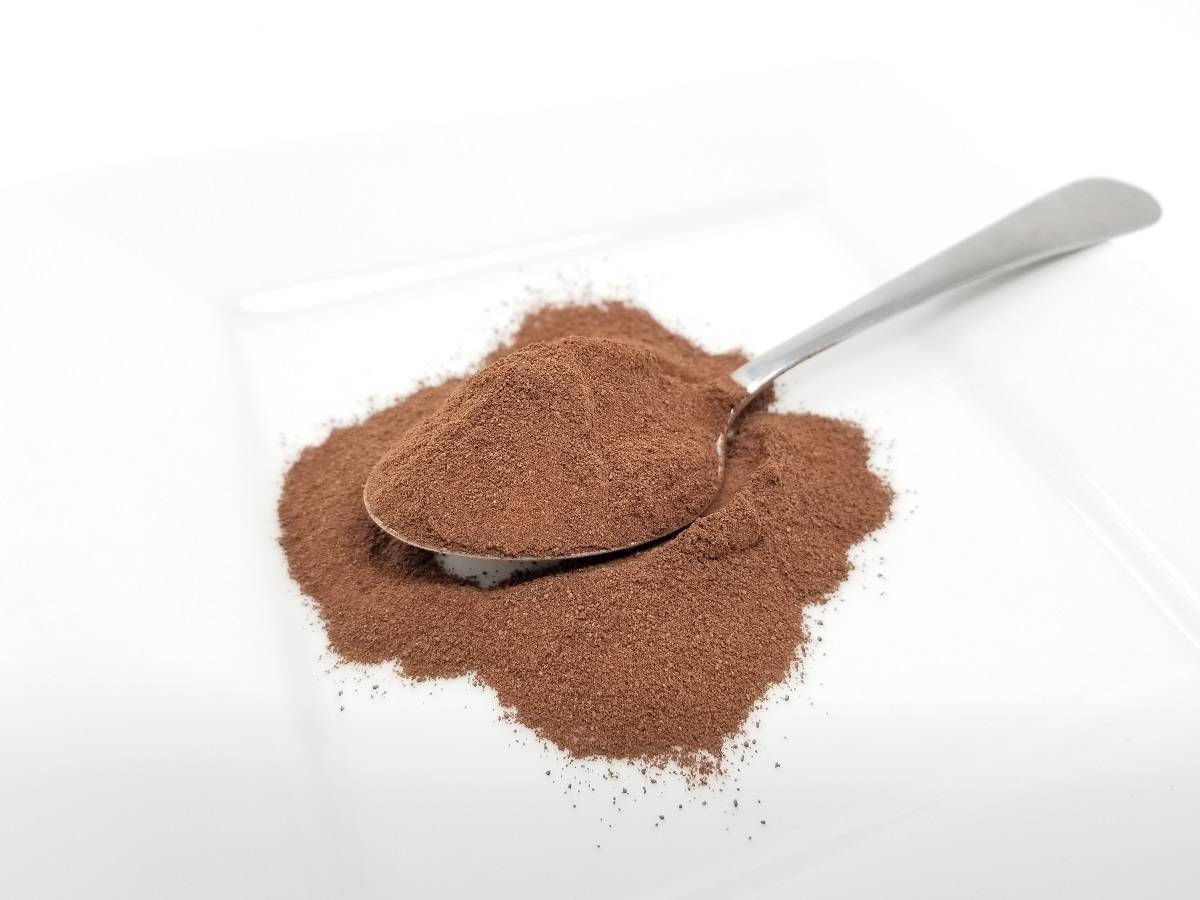
Ingredients
Substitute Baking Chocolate
- 2 tablespoons of baking chocolate for 3 tablespoons of cocoa powder take out 1 tablespoon of oil called for
Substitute Dark Chocolate
- one ounce 2 tablespoons of dark chocolate for three tablespoons of cocoa powder
Substitute Semisweet Chocolate
- two-and-a-half tablespoons of bittersweet chocolate for three tablespoons of cocoa powder lower the fat by a tablespoon & the sugar by ½ tablespoon
Instructions
- Choose your favorite substitute and swap for the ratios listed here.
Notes
- 2 tablespoons baking chocolate (& take out 1 tablespoon of butter, lard, oil, or margarine called for in the recipe)
- 2 tablespoons dark chocolate (& take out 1 tablespoon of butter, lard, oil, or margarine called for in the recipe)
- 2 ½ tablespoons bittersweet chocolate (& take out a tablespoon of butter, lard, oil, or margarine & ½ tablespoon sugar called for in the recipe)


















margie
if we need less cocoa powder for more chocolate flavor and more chocolate for les chocolate flavor, why does it say to use less chocolate for the same result in their 2 chocolate tablespoons for every 3 cocoa powder tablespoons
also, for the sugar and the fat, is the remove one tablespoon a catch all, even if there’s like 20 tbsp of cocoa powder or is it for every tablespoon of chocolate or something else?
Max
Hi, Margie! That's because it needs to be measured by weight, which I did my best to make very clear in the post, but it truly is really important. The different is because of how closely packed-together the particles are in chocolate vs. cocoa powder.
3 tablespoons of commercial cocoa powder weighs about 22g, but it takes 2 tablespoons of chocolate (1oz. or about 28g by weight) to equal about that amount of 'chocolatiness.' This is because pure chocolate is half cocoa solids and half cocoa butter, while cocoa powder is about 80 to 85% cocoa solids and the rest cocoa butter. So you see that cocoa powder will pack a much more chocolaty punch per tablespoon, whereas chocolate will be much more dense but less chocolaty.
For the 'remove one tablespoon of butter or oil,' you'd measure that for every time you use the swap, and the ratio you use will depend upon what type of chocolate you use. For example, if your recipe calls for 20Tbsp. of cocoa powder and you have unsweetened chocolate, you'd need to swap it for roughly 7oz. of chocolate (1oz. for every 3 tablespoons of cocoa powder), and remove 7 tablespoons of fat from your recipe (just keep it mind it won't turn out the exact same, but cocoa butter makes for a decent swap for butter). If using bittersweet or semi-sweet chocolate, you'd need to use 10oz. or chocolate and remove 10 Tablespoons of butter as well as removing 5 Tablespoons of sweetener.
If you're in a real pinch, this should work fine, but I'll be honest, I generally wouldn't recommend swapping out so much cocoa powder at once. Regardless, good luck & happy baking!